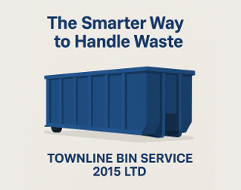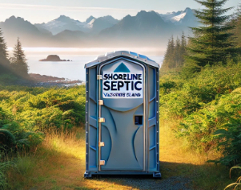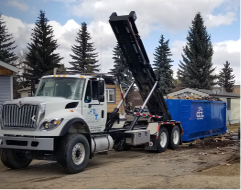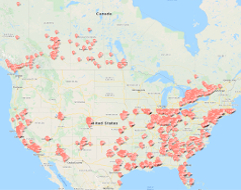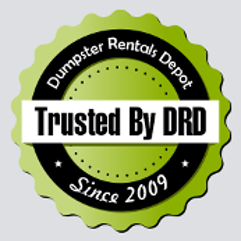Buy Green: Paper or Plastic?
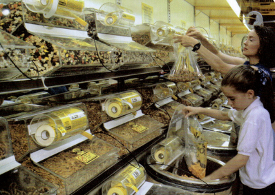
This is where reducing your carbon footprint comes into the picture. Making purchases in ways that do not carelessly use up our natural resources or contribute to the buildup of greenhouse gases is your goal. To accomplish this mission, you most likely will have to make some changes in the way you shop. In addition to what you buy and who you buy from, these changes may involve how you cart home all the stuff you buy.
Currently. most stores package the items you purchase in either plastic or paper bags. There is a problem with both options. Plastic bags are made from polyethylene, which is a petroleum-based tt" product. Polyethylene produces harmful emissions and rarely degrades t'Ii. fully Plastic seems to hang around forever. Plastic bags can be recycled, but consumers return only a small percentage of those for reuse. Paper bags are made from processed tree pulp. This makes them a double threat.
Not only are carbon dioxide-filtering trees destroyed, leaving more greenhouse gases in the air, but toxic chemicals such as chlorine and dye are added to the pulp. These chemicals are responsible for dangerous emissions of their own. To reduce your carbon footprint, buy a couple of reusable cloth bags and take them with you on all your shopping trips.
Packaging Concerns
Green consumers make it their business to know not only the contents of products, but also how and with what materials the merchandise is packaged. A majority of products available in the United States are packaged using cardboard and plastic.
The problem is that producing cardboard destroys trees that filter carbon dioxide out of the air, and manufacturing plastic releases all sorts of nasty chemicals. Also, the indestructible nature of plastic-so good at keeping products from being damaged-makes it a hazard because it doesn't biodegrade, or break down naturally.
Manufacturers often wrap their products in lots of unnecessary cardboard and plastic. When you buy in bulk, you eliminate extra packaging materials.
Some manufactures are experimenting with Earth-friendly forms of packaging such as cellophane wrap made from biodegradable cornstarch. Most companies, however, rely on the standbys listed previously. Therefore, thoughtful shoppers like you choose items packaged in materials made from recycled content or materials that can be recycled themselves, or both.
Do More with Less
A big threat to reducing your carbon footprint is what's known as conspicuous consumption. This is buying lots of stuff just to have it, and then showing off your possessions as status symbols. Unfortunately, you do more than show off when you buy a lot of stuff. You also make it possible for increased carbon dioxide and other toxic emissions to ruin the planet.
Your goal as a green consumer is the exact opposite of conspicuous consumption. You want to purchase only the items that you need because using less saves the natural resources that help sustain Earth and limits the size of your carbon footprint.
So, how do you become more of an "inconspicuous consumer"? You make a point of doing more with less. Commit to a certain lifestyle that involves living more simply and self-sufficiently.
loin forces with others to make purchases and reduce everyone's carbon footprint in the process. Also, make an effort to prolong the life of that which you already have. Green consumers try to incorporate one or all of these ideas into their lives. "Traveling light" also makes you feel less weighed down and hemmed in by useless "stuff."
From Blog Moderator: This post was prepared and published with the help of environmentally concerned dumpster rental companies EZ Bins, Penticton, BC , Premium Disposal and Edgewood Group Inc. .
- Published: 2013-09-07T04:07:04-07:00
- Author: Laura Schmidt, Dumpster Rentals Customer Supp
